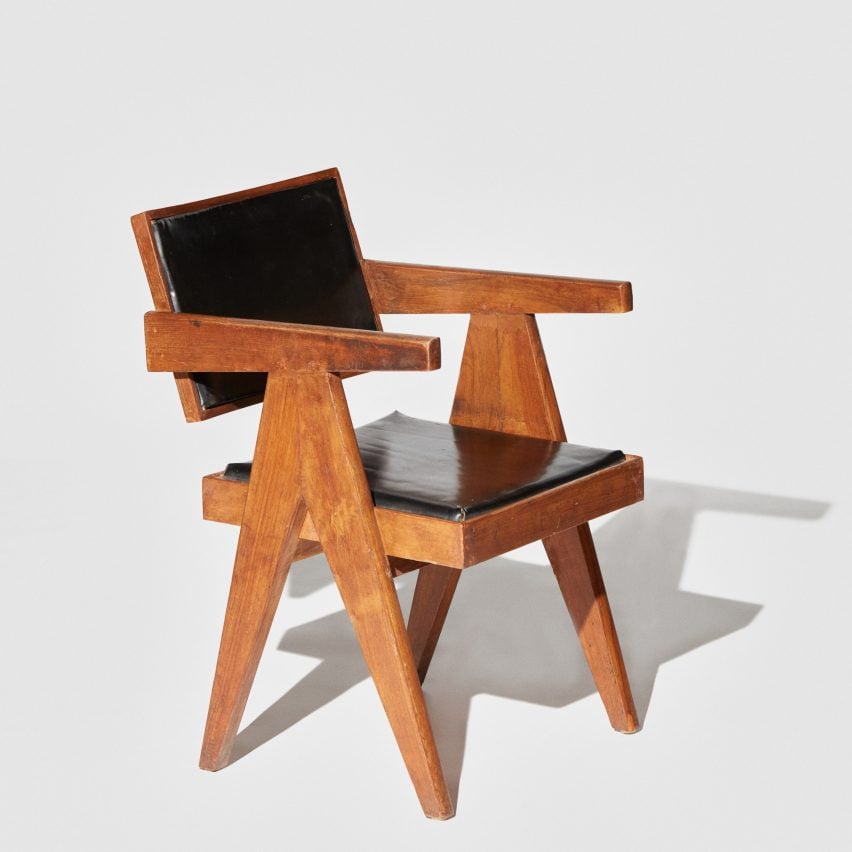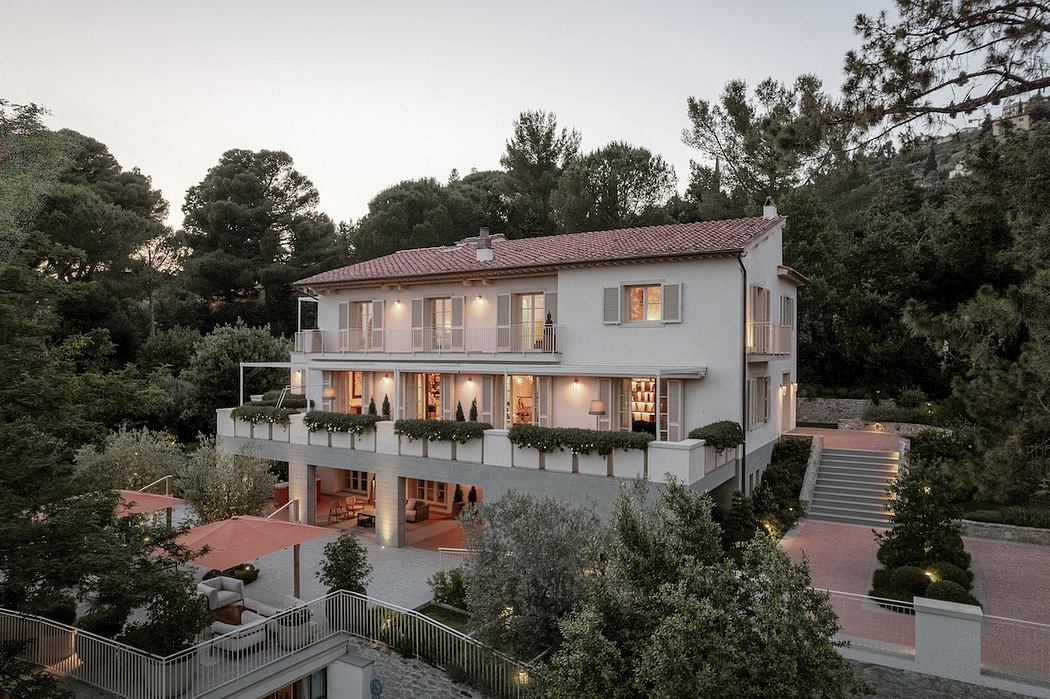The Chandigarh chair "problematises standard notions of revival"

The popularity of the Chandigarh chair, created by a team led by Swiss architect Pierre Jeanneret, has shone a light on the erasure of local designers in the mid-century modern design narrative.
The term Chandigarh chair refers to a series of teak chairs with woven cane seats and backs created to fill the administrative and housing structures of Chandigarh, India.
Typically, it refers directly to the Easy Chair, a task chair with compass legs, arms, and a back attached to the seat ? but there were many variations with slight differences made for different purposes throughout Chandigarh.
The Chandigarh chair by Jeanneret and his team remains an icon of mid-century modern design. Photography by DePasquale + Maffini for Vinson & Co
They were designed to be utilitarian and functional, based on architect Le Corbusier's (Charles-Édouard Jeanneret) modular system, but adapted to meet the material contexts of India, using local wood and techniques. After independence from Britain and partition, Indian prime minister Jawaharlal Nehru called for the building of a new capital for the state of Punjab in the 1950s.
Nehru brought on a coalition of foreign architects to construct a new city at Chandigarh informed by modernist principles and "unfettered by the traditions of the past".
American architect Albert Mayer initially developed the master plan, but dropped out of the project and was replaced by Le Corbusier and a team of European and Indian architects and planners.
L...
| -------------------------------- |
| MOL Campus in Budapest by Foster + Partners |
|
|
Villa M by Pierattelli Architetture Modernizes 1950s Florence Estate
31-10-2024 07:22 - (
Architecture )
Kent Avenue Penthouse Merges Industrial and Minimalist Styles
31-10-2024 07:22 - (
Architecture )






